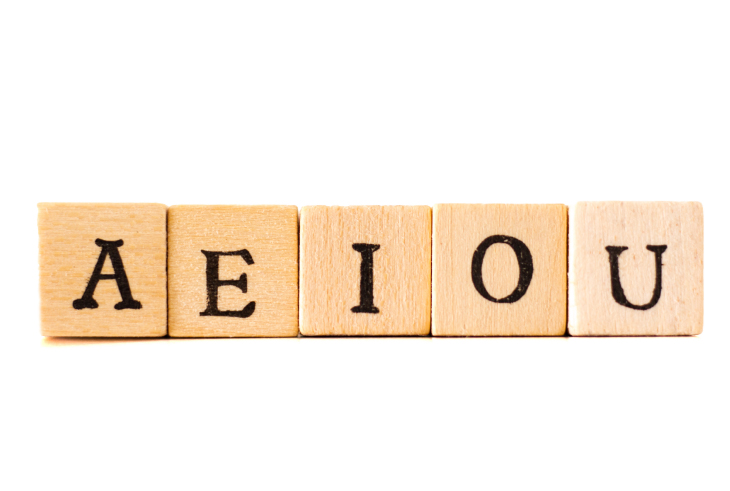
Vowel Sounds
There are many ways to pronounce vowels. Some use long and short sounds, while others use different sounds altogether. These are referred to as digraphs. To learn more about these digraphs, visit our page Vowel Digraphs. Some examples include: some, sum, sun, and son. For each digraph, there is a specific IPA symbol for it. Check out Vowel Sounds and Examples to learn more.
IPA symbols for English diphthong vowels
The IPA is an acronym for the International Phonetic Alphabet. It represents speech sounds, and each IPA symbol corresponds to a portion of the English word. These symbols are used in the pronunciation of English words in different accents, as well as in some other languages.
English has several types of vowels, and diphthongs are among them. A diphthong, also called a glide vowel, is made up of two vowel sounds that blend together to create a single sound. Its pronunciation involves the movement of the tongue and jaw during the blending of these two vowels.
Characteristics of single vowel sounds
Single vowel sound characteristics vary widely among languages. The articulator, tongue, and larynx all have different configurations and can result in different vowel qualities. These differences in shape and height can be visualized by using spectrograms, which display the amount of acoustic energy at different frequencies.
Vowels in English are characterized by their core or "pitch". It is this underlying quality of a vowel that provides identifying quality. This quality is called the "vowel fingerprint".
Variations between short and long vowel sounds
Long vowel words are those in which the word is pronounced long, rather than short. Although the spelling often matches the sound, not all long vowel words are spelled the same way. For example, the word "few" contains the long U sound, as do words like "beauty." The word "bake" contains the long A sound, but it is spelled "ai."
The length of long vowels can be confusing, but it is worth remembering that "long" words are also long because they contain a double letter at the end. The English language has five different types of vowels, and the placement of the long vowel can make a big difference in how the word is pronounced. Short vowels are easy to pronounce by relaxing the jaw, and long vowels are more difficult to pronounce.
Method of articulation
Vowels are sounds produced by the mouth. These sounds are made when the flow of air from the lungs passes through the mouth with minimal obstruction and friction. Vowels are generally made with vibrating vocal cords, but there are other differences as well. These differences can be seen in the way the tongue is positioned in the mouth and the amount of air released through the nose.
Another important factor in vowel articulation is the degree of obstruction to the air stream. Some consonants (such as /p/ and /b/) are completely blocked by the lips, whereas semi-vowel sounds like /w/ and /j/ involve a relatively small obstruction of the airstream.
Pitch information carried by vowel sounds
Vowel sounds carry pitch information in a very specific way. High-pitched vowels have higher intrinsic pitch than low-pitched ones. This close relationship between pitch and timbre suggests that these two properties of a vowel cannot be separated. Vowels that are rounded have lower intrinsic pitches than those that are flat.
Vowel sounds carry pitch information in a similar way to other sounds, such as the pitch of a musical scale. These sounds are processed as close to pitch as possible, a process known as pre-attentive processing. This information is used in comparing vowel pitches to phonemic samples.
Comments on “Vowel Sounds”